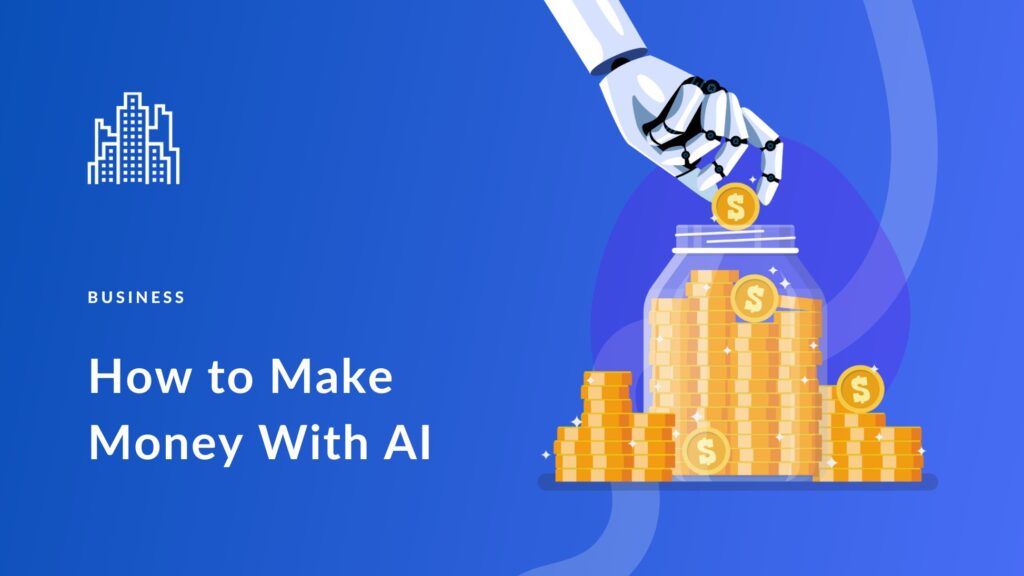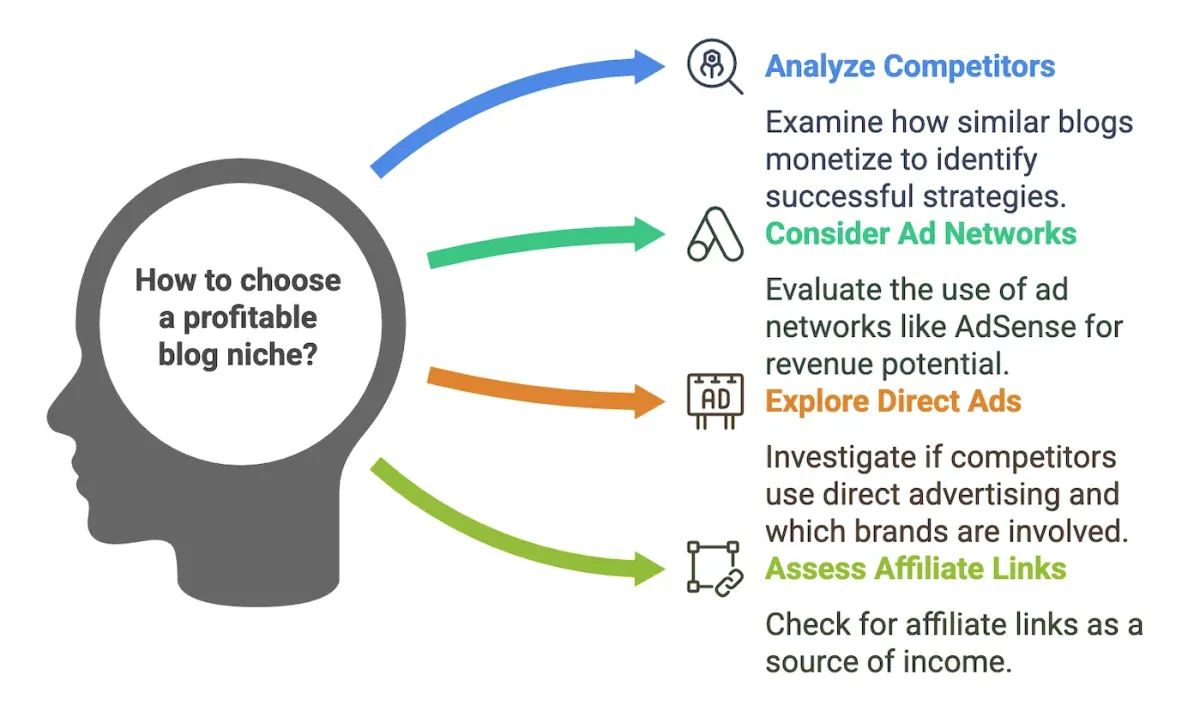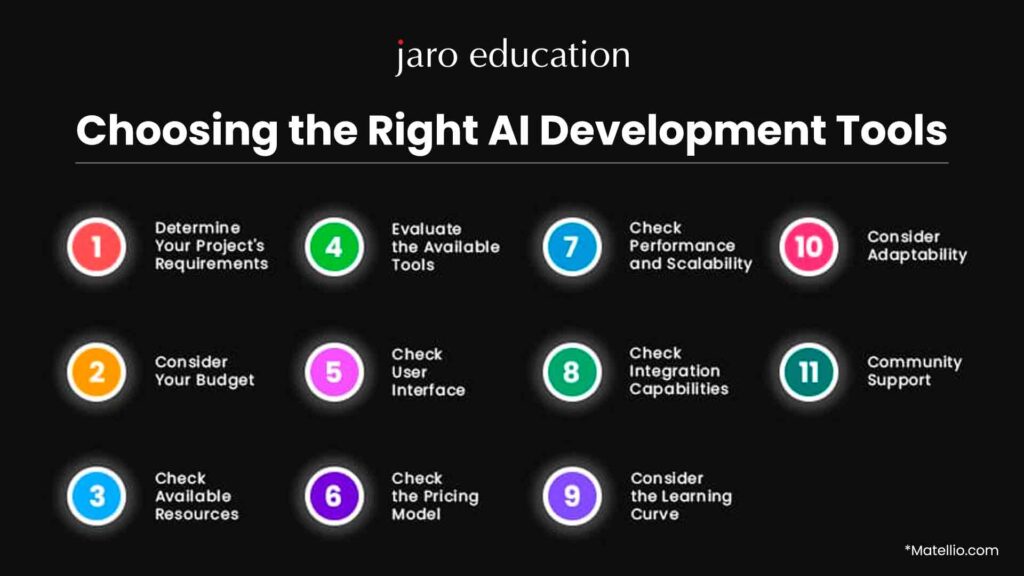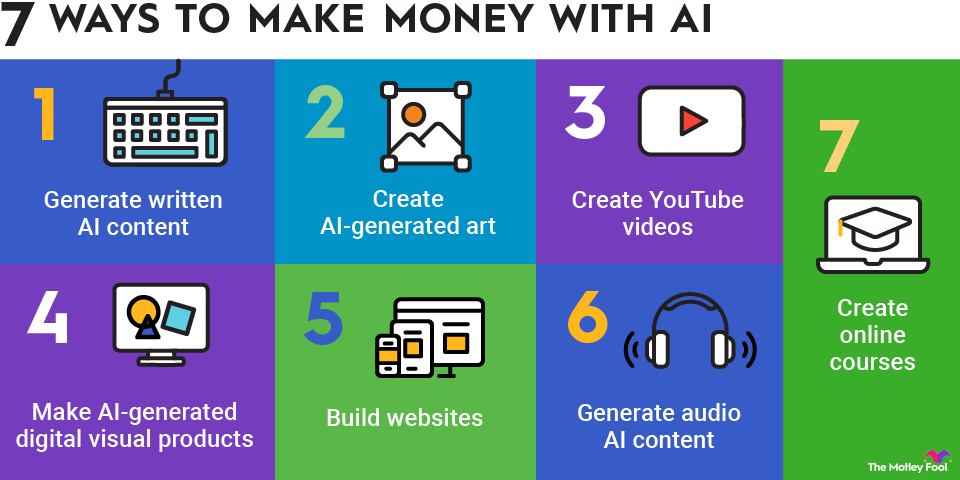In today’s rapidly digitizing world, selling AI tools as a service is emerging as one of the most
profitable and scalable business models for tech-savvy entrepreneurs. From startups to solo
freelancers, the demand for AI-driven solutions continues to skyrocket across industries such as
marketing, healthcare, finance, and education.
This comprehensive guide will show you how to launch, market, and grow an AI-as-a-Service (AIaaS)
business, with a focus on SEO best practices, monetization strategies, and tool recommendations.

What is AI-as-a-Service (AIaaS)?
AI-as-a-Service refers to offering artificial intelligence tools or platforms via cloud-based models.
Instead of building custom AI solutions from scratch, users pay for ready-to-use AI software that solves
specific business problems.
Popular formats include: – White-label AI software – SaaS AI products – API-based AI tools
From chatbots and content generators to analytics platforms and image editing tools, businesses are looking for AI-powered solutions that boost productivity and save valuable time

Why Selling AI Tools as a Service is a Profitable Model
- High Demand: Businesses are investing more in AI for automation, efficiency, and cost reduction
- Recurring Revenue: Subscription-based models ensure consistent income.
- Scalability: Once set up, AI tools can serve thousands of users with minimal upkeep.
- Low Overhead: Cloud-based deployment cuts infrastructure and staffing costs.
Step-by-Step Guide to Selling AI Tools as a Service

1. Pick a Profitable Niche
Focus on sectors actively adopting AI: – Marketing (e.g., email automation, ad generation) – Finance
(e.g., fraud detection, predictive analytics) – Real Estate (e.g., property value predictions) – E-commerce
(e.g., product recommendations)

2. Choose the Right AI Tool or Platform
You can either: – Build your own AI tool using Python, TensorFlow, or OpenAI APIs – White-label an
existing AI SaaS solution – Partner as a reseller for AI tools like Jasper, Pictory, or ManyChat
Popular White-Label AI Tools: – Writesonic for content generation – ChatGPT API for chatbot solutions- Surfer SEO for AI-driven SEO optimization

3. Set Up Your AI SaaS Website
Your website is your sales engine. It should include: – Product landing pages – Pricing tiers – Live demos
or trial access – Testimonials & case studies

4. Monetization Models for AI Tools
- Monthly/Annual Subscriptions – Best for recurring revenue
- Pay-Per-Use/API Calls – Great for high-volume enterprise clients
- Freemium + Upsells – Let users try basic features before upgrading
- One-Time Licenses – Less common but still useful in niche B2B settings
5. Marketing Your AI Tool Effectively
a) Content Marketing & SEO
- Publish blogs targeting terms like “best AI tools for marketers” or “AI tools for small business”
- Use tools like Frase, Surfer SEO, or Ahrefs to find high-traffic keywords
b) Paid Advertising
- Run Google Ads and LinkedIn campaigns targeting decision-makers
c) Affiliate Marketing
- Offer commission-based partnerships for influencers and SaaS marketers
d) Email Marketing
- Use AI-powered tools like GetResponse or Mailchimp to create behavior-triggered email flows
6. Integrate AI Support Systems
Offer real-time assistance using AI: – Tidio or ManyChat for chatbots – Zendesk AI for ticket support
Knowledge bases powered by ChatGPT for 24/7 query resolution

7. Compliance and Data Privacy
Ensure your tool complies with: – GDPR (for EU customers) – CCPA (California) – HIPAA (if healthcare
related)
Use data encryption, secure API protocols, and clear privacy policies
8. Track Performance and Optimize
Monitor: – Monthly recurring revenue (MRR) – Churn rate – Customer acquisition cost (CAC) – Net
promoter score (NPS)
Use tools like: – Google Analytics – Mixpanel – HubSpot CRM

One thought on “Selling AI Tools as a Service: The Smart Way toBuild a Scalable Online Business”